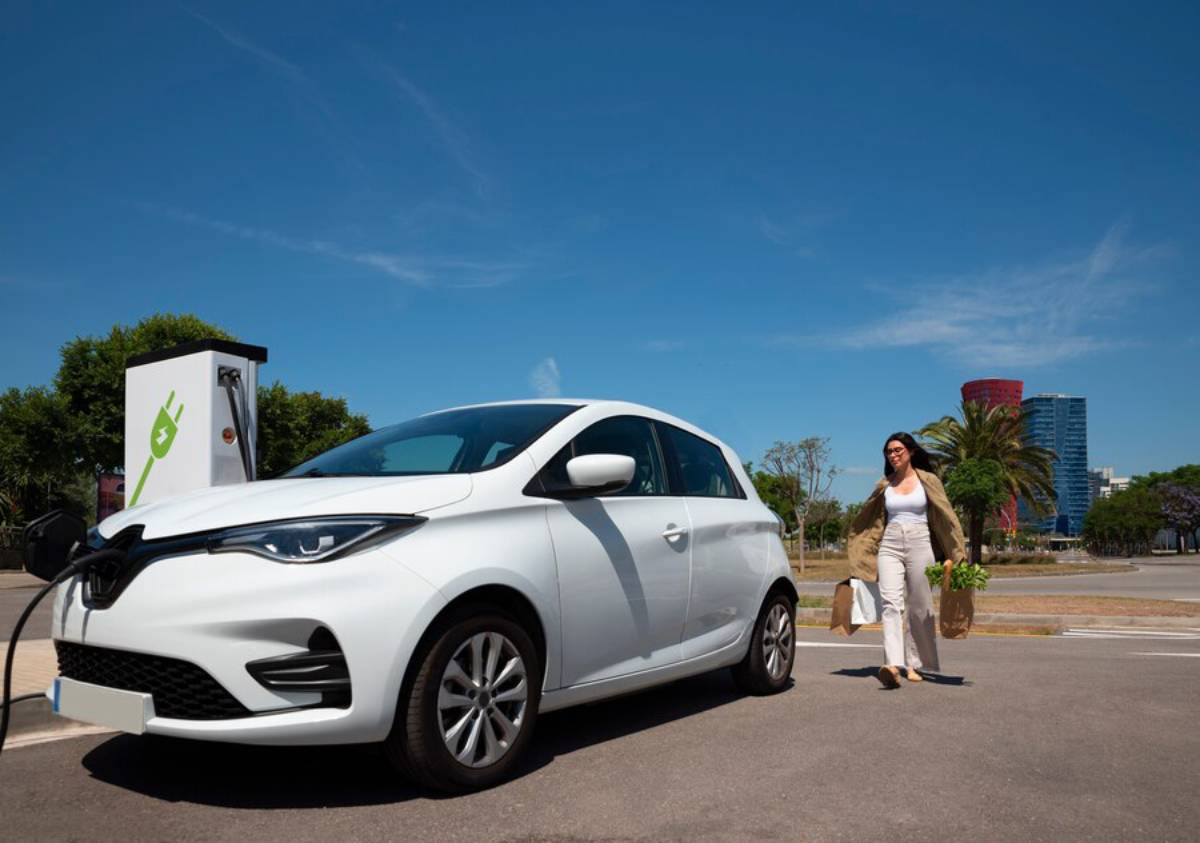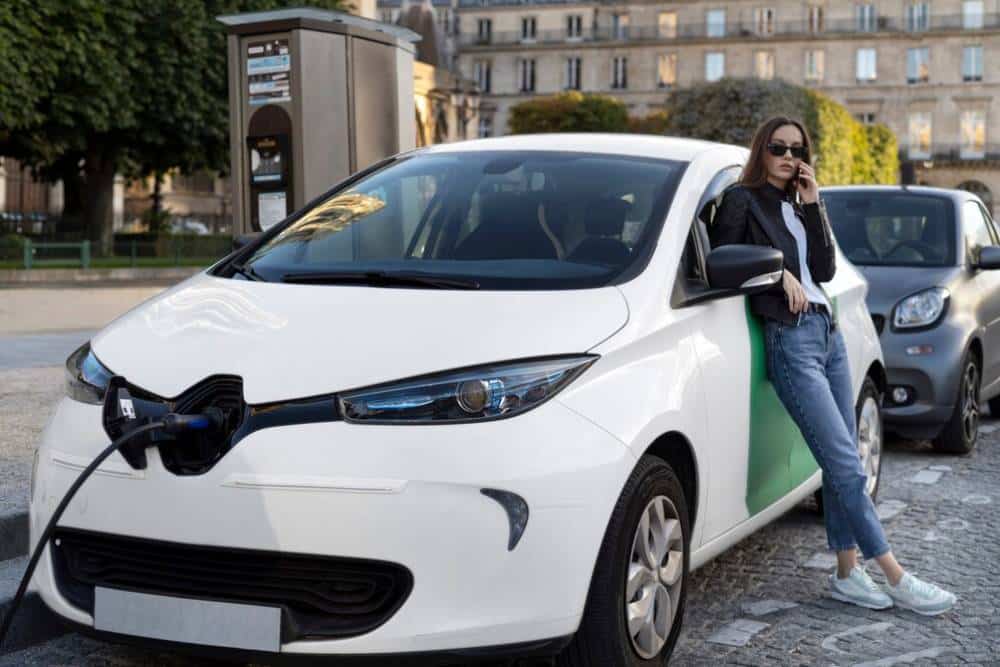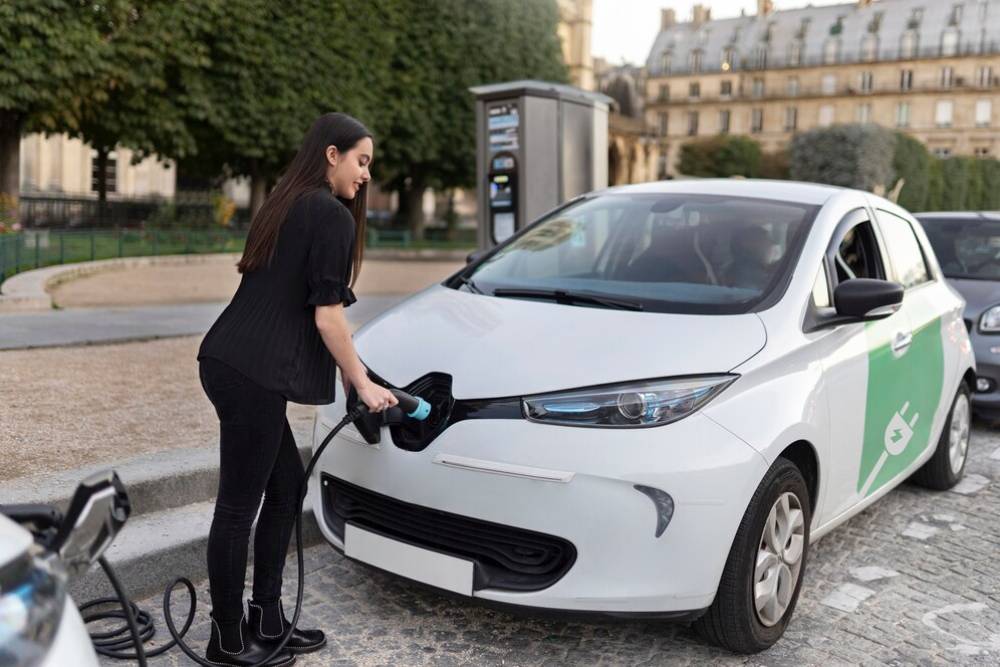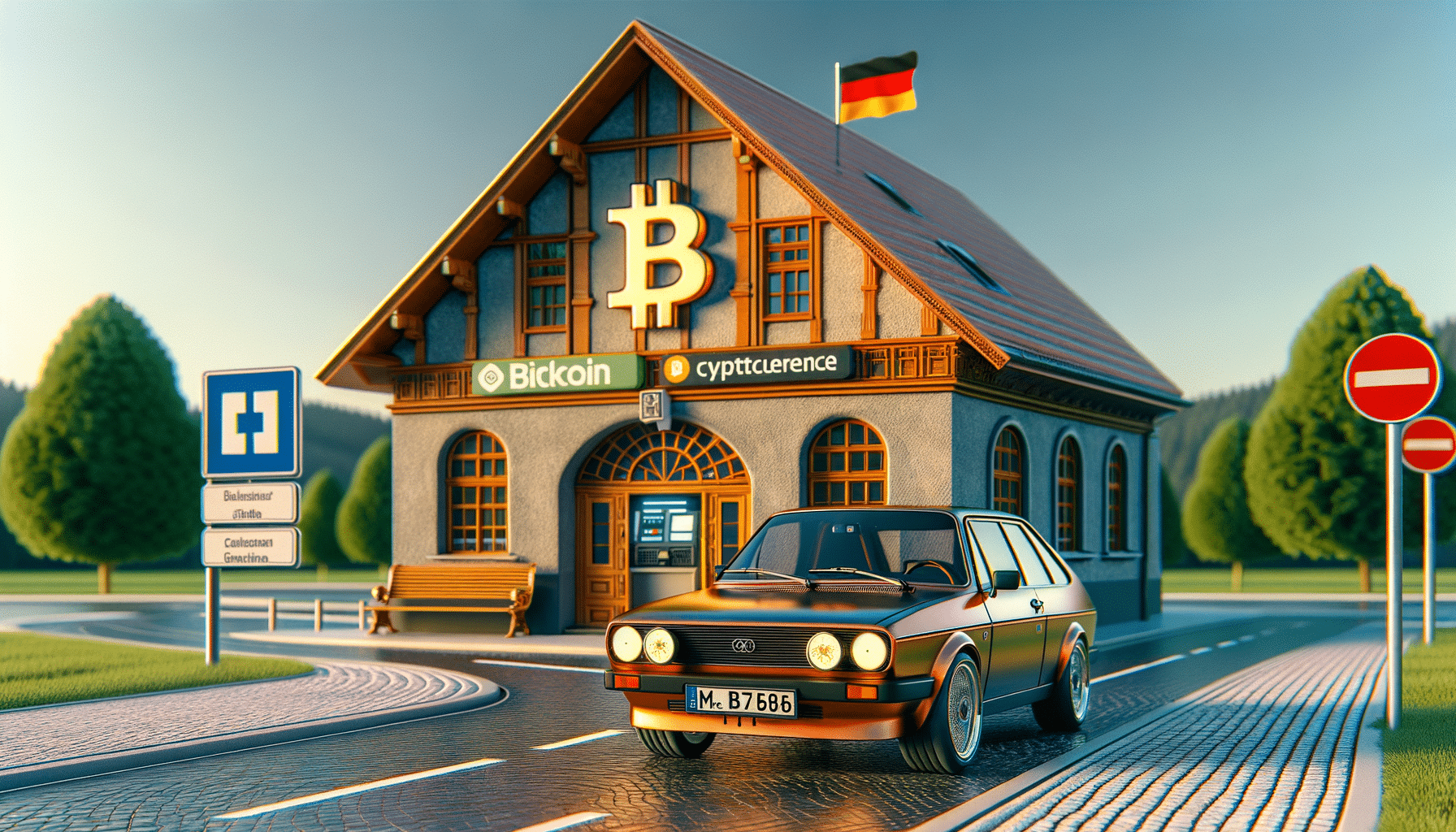
The Impact of Autonomous EV Fleets on Urban Mobility
Recently, the excitement about electric vehicles (EVs) has grown. This is due to global efforts to fight climate change, ease urban traffic, and enhance air quality. Now, add autonomy to the equation, and we are looking at a complete transformation of how we move through cities. Autonomous EVs (electric vehicles) are stepping out of science fiction. They are now part of real urban transportation plans. But what does this shift mean for the future of our cities?
This article looks at how autonomous EV fleets are changing urban mobility. We explore how reduced emissions, better accessibility, and smarter traffic flows change city life. This includes the opportunities, challenges, and innovations involved. Are you a city planner, a tech fan, or just fed up with traffic? This look at electric autonomy offers great insights into the future of our roads.
The Rise of Autonomous Electric Fleets
A Brief History of EV and Autonomous Tech
Electric vehicles have evolved from niche eco-friendly choices to popular transport options. The UK government plans to stop selling new petrol and diesel cars by 2035. This move aims to boost the adoption of electric vehicles (EVs).
Simultaneously, autonomous technology has evolved rapidly. Cars that drive themselves are becoming more possible. From adaptive cruise control to full self-driving, technology is advancing quickly. Marrying these two trends results in a powerhouse: the autonomous electric fleet.
What Are Autonomous EV Fleets?

Autonomous EV fleets are groups of electric vehicles. They use AI systems to drive on roads with little or no help from humans. These fleets are being developed for multiple uses:
- Urban ride-sharing platforms
- Public transportation systems
- Logistics and last-mile delivery
Think of Waymo in the U.S. and Oxbotica in the UK. Both companies invest a lot in building scalable autonomous systems for electric platforms.
Environmental and Economic Benefits
Cutting Emissions in Urban Centres

Autonomous EVs significantly reduce greenhouse gas emissions. Because they run on electricity, especially with renewable energy, they greatly reduce:
- Carbon dioxide (CO2)
- Nitrogen oxides (NOx)
- Particulate matter (PM2.5)
An International Council on Clean Transportation report found that EVs emit up to 70% less over their lifetime compared to traditional vehicles.
Cost Efficiency for Cities and Businesses
Operating a fleet of autonomous EVs reduces long-term costs in multiple ways:
- Lower fuel and maintenance costs
- Optimised routing to save time and resources
- Minimised labour costs through automation
Fleet operators and logistics companies see autonomous EVs as a financially viable future. According to McKinsey, self-driving technology could reduce delivery costs by up to 40%.
Revolutionising Public Transportation
On-Demand and Micro-Transit Solutions
Autonomous EVs are perfect for flexible public transport models. Unlike traditional buses with fixed routes and schedules, autonomous EVs can:
- Respond to real-time demand
- Adjust routes based on traffic and passenger volume
- Serve underserved or remote areas efficiently
Case Study: Milton Keynes
Milton Keynes leads in adding autonomous shuttles to its transport system. These electric pods are a green and affordable choice for short trips. They also give useful data for planning future cities.
Enhancing Urban Mobility and Accessibility
Reducing Congestion and Traffic Incidents
AI in autonomous EVs allows for:
- Smoother acceleration and deceleration
- Better route planning
- Communication with other vehicles and infrastructure
This improves traffic flow and reduces accidents caused by human error, which currently account for 94% of all road accidents.
Expanding Access for Vulnerable Populations
Autonomous EVs also promise greater mobility for:
- The elderly
- People with disabilities
- Low-income communities without reliable transport access
These fleets can offer fair mobility solutions by reducing reliance on private cars.
Urban Planning in the Age of Autonomous EVs
Rethinking Infrastructure
Cities need to prepare for a future dominated by autonomous electric fleets. This means:
- Building smart roads with vehicle-to-infrastructure (V2I) communication
- Increasing EV charging stations
- Redesigning car parks into mobility hubs
Data-Driven City Management
With real-time data from fleets, urban planners can:
- Monitor traffic patterns
- Adjust public transport schedules dynamically
- Improve emergency response times
London, for example, is exploring digital twins of its transport network to simulate and optimise traffic flow using AI.
The Technology Behind Autonomous EVs
Core Technologies
Autonomous EVs rely on a combination of:
- LIDAR and RADAR sensors
- Cameras and GPS
- Machine learning algorithms
- Edge computing for real-time decision-making
Cybersecurity and Data Privacy
One key concern is ensuring that these connected vehicles are secure. Companies are investing in:
- End-to-end encryption
- AI-driven intrusion detection systems
- Secure over-the-air (OTA) software updates
These vehicles collect a lot of personal and location data. So, keeping trust is very important.
Business Implications and Industry Adoption
Retail and Delivery
Retailers are embracing autonomous EVs for faster, more efficient deliveries. Examples include:
- Amazon testing electric autonomous delivery vans
- Tesco experimenting with Starship delivery robots in Milton Keynes
Ride-Hailing Services
Ride-hailing platforms like Uber and Bolt are exploring autonomous EV integration to:
- Lower driver-related operational costs
- Offer safer and more consistent service
Auto Industry Transformation
Traditional automakers are now tech companies in disguise. Brands like Ford, Mercedes-Benz, and Nissan are investing billions in:
- Proprietary AI systems
- In-house EV battery production
- Strategic partnerships with tech firms
Challenges and Ethical Considerations
Regulatory Hurdles
Current laws were not written with autonomous vehicles in mind. Governments must:
- Develop new insurance models
- Define liability in accidents
- Standardise testing protocols
Public Trust and Safety
Gaining widespread acceptance will require the following:
- Transparent testing
- Safety benchmarks
- Public education campaigns
Surveys show mixed reactions. Younger people are more open to autonomous EVs, but older generations are still sceptical.
Environmental Footprint of EV Production
EVs are cleaner when used, but making them, especially mining for batteries, can harm the environment. Sustainable battery sourcing and recycling initiatives are crucial.
The Road Ahead: What the Future Holds
Integration with Other Smart City Initiatives
Expect autonomous EVs to integrate with:
- Smart grids for energy efficiency
- IoT-enabled traffic lights
- AI-assisted emergency services
International Collaboration and Standardisation
To accelerate safe adoption, countries must work together on:
- Shared safety standards
- Interoperable systems
- Ethical AI frameworks
Predictions for the Next Decade
By 2035, we may see:
- Widespread use of Level 4 autonomy in major cities
- Fully electric public transport systems
- Urban areas designed for people, not just cars
Conclusion: Steering Urban Mobility into the Future with Autonomous EV Fleets

The future of urban mobility lies at the intersection of autonomy and electrification. Autonomous EV fleets promise to revolutionise how we move through cities and reshape the cities themselves. They can offer cleaner air, safer streets, and fairer transport. But this only happens if we plan carefully, focusing on both new ideas and inclusion.
As we look ahead, it’s clear that collaboration between policymakers, businesses, and citizens is essential. The path to autonomous electric mobility is complex but worth it. It involves adapting infrastructure, rewriting regulations, and tackling ethical concerns.
Stay informed and engaged. Now is the time for city officials, transport pros, and concerned citizens to join the talks about the future of mobility. The more we act today, the safer, smoother, and greener our cities will be tomorrow.


